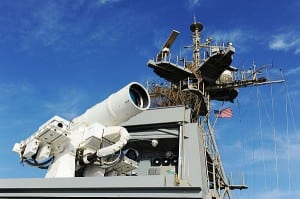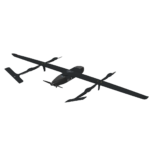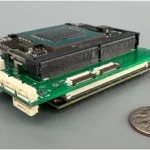
Setting achievable expectations is critical to the Defense Department fielding its first directed energy weapon, according to a key Air Force officer.Air Force Materiel Command (AFMC) chief Gen. Ellen Pawlikowski said Thursday previous directed energy efforts failed from the weight of grandiose expectations for the technology level available, like megawatts of power, resulting in huge cost overruns and years-long delays. Instead, she said DoD needs to set three expectations that it knows it can deliver: power, delivery schedule and military…













